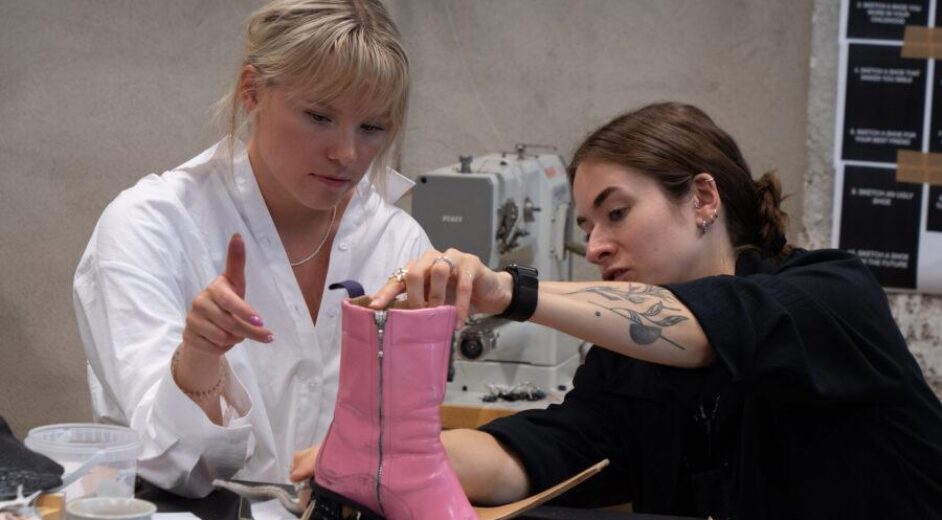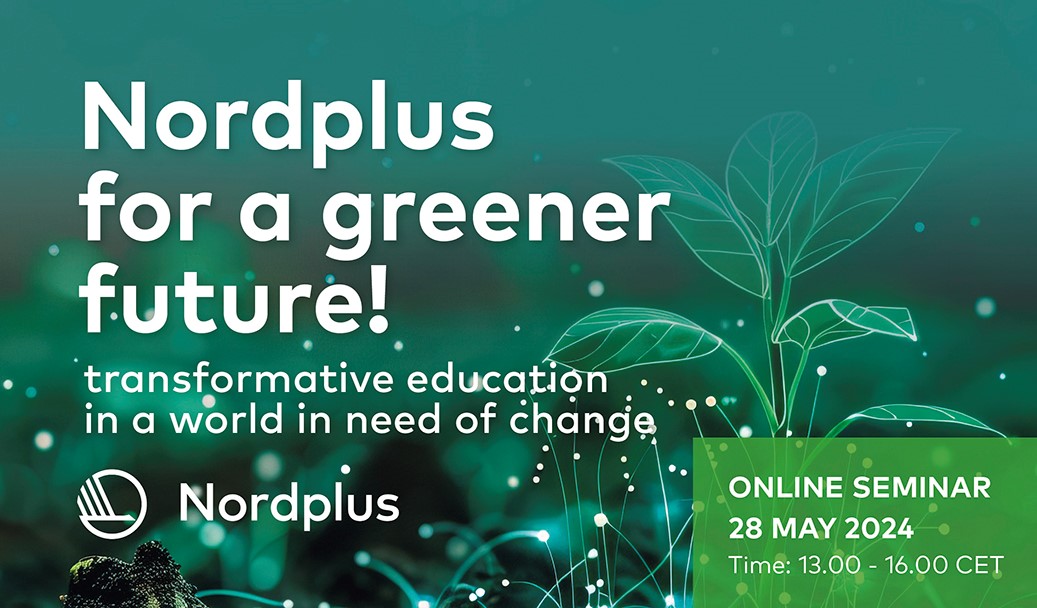Students are working on the future’s most serious challenges
Art and design schools in the CIRRUS network want to be part of the race towards green and sustainable choices - the choice of material in a product determines how easy it is to recycle. It is a responsibility that both institutions and teachers take very seriously, and they have completed several successful Nordplus projects.
By Joan Rask, journalist
Shoes, boots, stilettos – all kind of footwear ought to be recyclable, but it is actually very difficult in general, because the materials need to be durable, and footwear is often made from many different types of materials. So says Stella Runnel, head of accessory design at the Estonian Academy of Arts.
She was among the initiators of the Nordplus project "Recycled Materials for Creating Footwear", which was established in 2022 within the collaborative network CIRRUS. Students and teachers from art and design schools in Sweden, Norway, Lithuania, Latvia, Iceland and Denmark also took part in it.
"I think it was a good exercise for the students' minds and brains, because the next challenge is how do you recycle the materials?How do you design them without using glue, and what materials should be used in the first instance, so that you can redesign things later,” asks Stella Runnel.
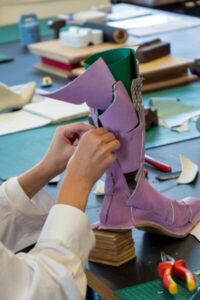
Students and teachers from seven different Nordic and Baltic countries participated in the footwear project. The idea is that the students get together in person and work together on solving different challenges. During the project week, there are guests and presenters and, according to Stella Runnel, this has a big impact on the students:
“When you have a working designer in your group as well as a tutor that you see every day, the designer has more influence than the usual teacher. This is completely understandable, and when the students realise that what they are doing is relevant to designers who actually work in the shoe design industry, it becomes a kind of milestone in their studies that opens their eyes to what might be possible in the future – both for themselves and in the use of sustainable materials.”
Fresh and imaginative solutions
Seen from the outside, one might wonder how Stella Runnel and her colleagues at various faculties and art and design schools across the Nordics and the Baltics find the time and energy for a project like this. For the Estonian participants, there is no doubt in their minds.
“First of all, we are all excited by the subject! And seeing the incredible power in the students' work and the freshness of their designs is hugely rewarding for teachers. Alongside that there are opportunities to invite guests you admire and would like to collaborate with. You have a budget for it, so it is quite different to having to beg for someone’s time,” says Stella Runnel.
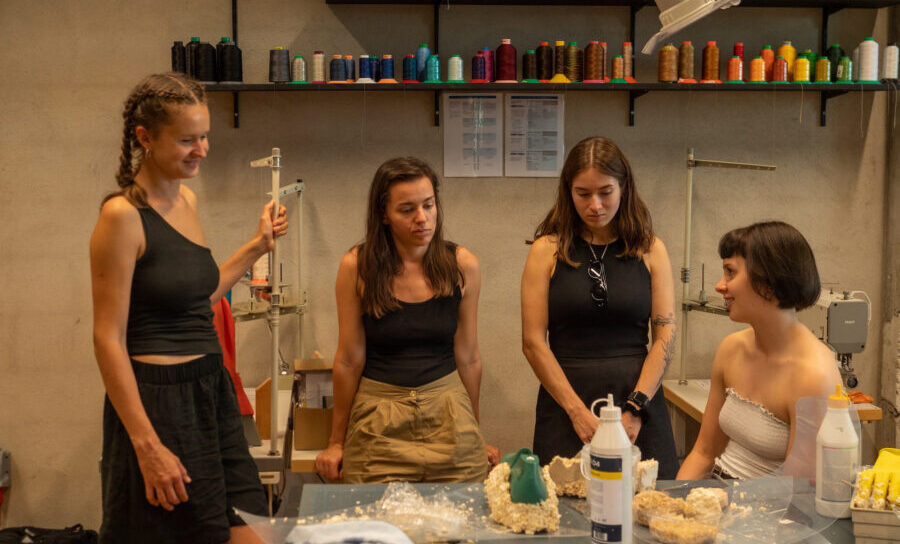
She is sure that the Nordplus projects in the CIRRUS network are of enormous importance.
"Participating in a workshop can actually change your life, so there are usually a lot of students who want to take part," she says.
It is the casual interaction between professionals in the industry, in the international environment and in the formal and informal networks that build up between the students, teachers and managers from widely different cultures, nations and backgrounds, that brings the most meaningful advantages, explains Stella Runnel. She shares this view with many others too. One of them is Karl Mihhels, who among other things conducts research into developing basic elements for the materials that will later be put into production.
Are the ocean's microorganisms the key to the future?
Karl Mihhels is a chemist and is working on a PhD in algae at Aalto University in Helsinki, Finland. He is also part of the CIRRUS network. He has not designed footwear, but has instead met with designers, other researchers and fellow students researching the use of the algae that live in the sea. Algae is a relatively unknown product in the Nordics and Baltics, but the green algae that grow in the Baltic Sea have, according to Karl Mihhels, enormous potential both as a foodstuff and as a substitute for plastic, sub-components in materials and much more. He has participated in the CIRRUS project "Bio-Integrated Design".
"It was liberating to work with others who were interested in algae. I didn't have to start each and every discussion with a kind of two-hour presentation about why working with algae makes sense, and so it’s easier to delve deeper into the challenges," says Karl Mihhels.
He was co-author of the application to Nordplus and participated in the intensive course in Estonia, where representatives from universities in Denmark, Estonia, Finland, Greenland, Iceland, Latvia, Lithuania, Norway and Sweden also took part. The workshop brought him together with experts in Estonia, where research into the use of algae and its industrial production is much more advanced than in Finland.
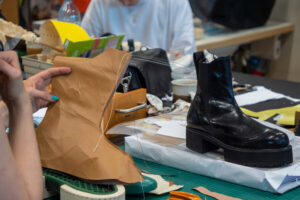
"We are sitting twiddling our thumbs while research and production are booming in China. In the Nordics and the Baltics, there are only a few who work professionally in algae research, despite the fact that we have plenty of sea around us and that algae can grow almost as fast as bacteria. The algae I'm working on now are reported to have a growth rate that doubles in biomass every 72 hours.”
Karl Mihhels is concerned about the state of the planet. As part of the workshop, the participants visited companies in Estonia that actually produce algae in the sea and also do product development in recycling waste for production. He explains:
"If Europe wants to take advantage of the huge potential of algae as food for animals and fish and also as a much more sustainable element in packaging materials, e.g. egg cartons, then we really need to speed up.”
Karl Mihhels is an unlikely participant in a CIRRUS project that focuses on art and design, and so his participation is inextricably linked to the choice of materials and their recyclability. It meant that he collaborated with designers and artists from all over the Nordics and the Baltics.
"One of the challenges was that all the others were from arts backgrounds and I was from a chemistry background, so it was a little bit challenging for me to get familiar with their ways of working. Their methods are much more about trying out different things, instead of developing a theory and then doing experiments," he says.
CIRRUS – the backbone for collaboration
A Nordplus project can be a one-off collaboration between institutions that typically runs for 2-3 years, but it can also be a long-term kind of collaboration that grows into a network. Some of these networks have existed for more than 20 years, and CIRRUS is one of them. Right now, the network consists of 20 institutions from art and design programs in the Nordic and Baltic countries. The Estonian Academy of Arts has coordinated the network over these years, and head of International Office Sandra Mell takes care of the practicalities.
"Cirrus is really dear to me. It's so small that you know the people who are in the network. CIRRUS and the other Nordic and Baltic partners are important for our institution on a strategic level," says Sandra Mell.
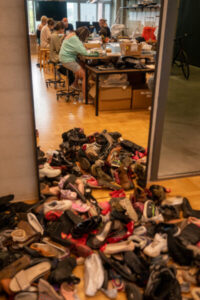
She explains that in Estonia there is only one art academy and therefore the academy is very keen that the students, teachers and also the management are exposed to and aware of what’s happening internationally. Participating in the Nordplus project and being part of the CIRRUS network is therefore part of a strategic decision to be both international and sustainable.
"CIRRUS is only a small part of my work, and the workload isn't that heavy. The main thing is to facilitate writing the application and arranging the annual network meetups for teachers and deans. These meetings are a kind of cornerstone in setting up a project," she says.
The last network meeting was held in Helsinki, Aalto University. The primary purpose is for all institutions to meet and jointly develop ideas for new projects, for which they can apply for support. Here, meeting up in person is important, emphasises Sandra Mell. The goal is that all institutions are always represented, preferably with two teachers and a management representative. She is convinced that a wide degree of diversity among members is crucial, as the largest Nordic universities are represented together with smaller institutions that may offer only art and design courses.
"At the meetings we see various kinds of bottom-up initiatives, for instance there is a subgroup of visual communication teachers who share how they teach, so it's really valuable. The current board has also initiated a network meeting for deans and heads of academic divisions only. I took part in that, and they really appreciated this opportunity,” Sandra Mell tells.
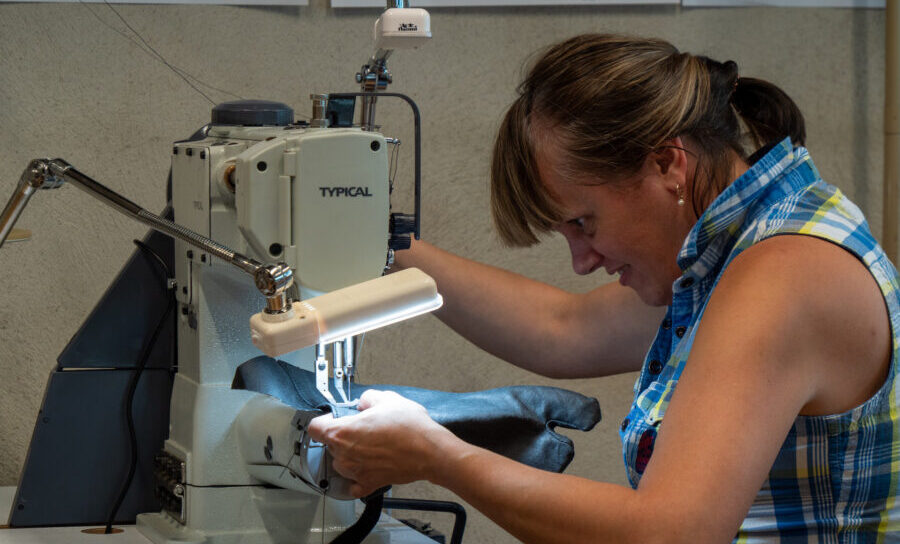
International on purpose
Kenneth Lundin is a long-standing Nordplus administrator within Higher Education and actively participates in the presentation and selection of the projects that are nominated to the programme committee that distributes the funds. He is aware that many educational institutions are not aware of the possibilities, nor do they see the positive potential of a professional education network that has existed for several years.
"There are always projects that get money from Nordplus, and the networks seek support on an equal footing with everyone else, but we often receive high-quality projects from the networks. There are new students all the time, and the teachers also often swap around, and so the vast majority of participants are new," says Kenneth Lundin.
Kenneth Lundin and his colleagues at Nordplus, together with the programme committee that ultimately distributes resources for the projects, would like to see more new networks established. The reason is simple:
"The thinking behind the networks is long-term cooperation that leads to in-depth knowledge of the partners’ competencies and that builds confidence. The networks generally have a high completion rate, because the parties know what it takes to complete a good project and how to secure management support. This means that they both plan and describe the projects well – and that the funds are used as planned and that they reach their goals.”
Photo: Joosep Ehasalu, Estonian Academy of Arts. More: Footwear Workshop
Website: cirrusnetwork.info
Interested in a green and sustainable world?
- Join our Green Seminar: Nordplus for a greener future!
Read more and registration for the seminar.
FACT BOX
A Nordplus project can be a one-off collaboration between institutions that typically runs for 2-3 years, but it can also be a long-term kind of collaboration that is set up as a network.
Read the article in Nordic (Danish)
Coordination Institution
- Estonian Academy of Arts
Partner Institutions in the CIRRUS network
- Oslo National Academy of the Arts (NO)
- The Royal Danish Academy of Fine Arts, Schools of Architecture, Design and Conservation, School of Design (DK)
- Kolding School of Design (DK)
- Alto University (FI)
- Lahti University of Applied Sciences (FI)
- University of Lapland (FI)
- Iceland Academy of the Arts (IS)
- Latvian Academy of Art (LV)
- Vilnius Academy of Arts (LT)
- Bergen University (NO)
- Arkitektur- og Designhøgskolen i Oslo (NO)
- Oslomet - Storbyuniversitetet (NO)
- University of Gothenburg (SE)
- Konstfack (SE)
- Lund University (SE)
- Umeå University (SE)
- Westerdals (NO)
Programme
- Higher Education
